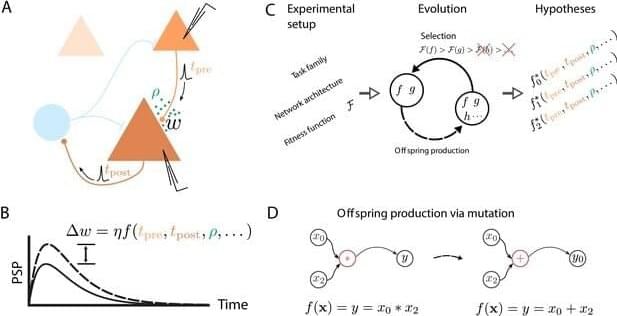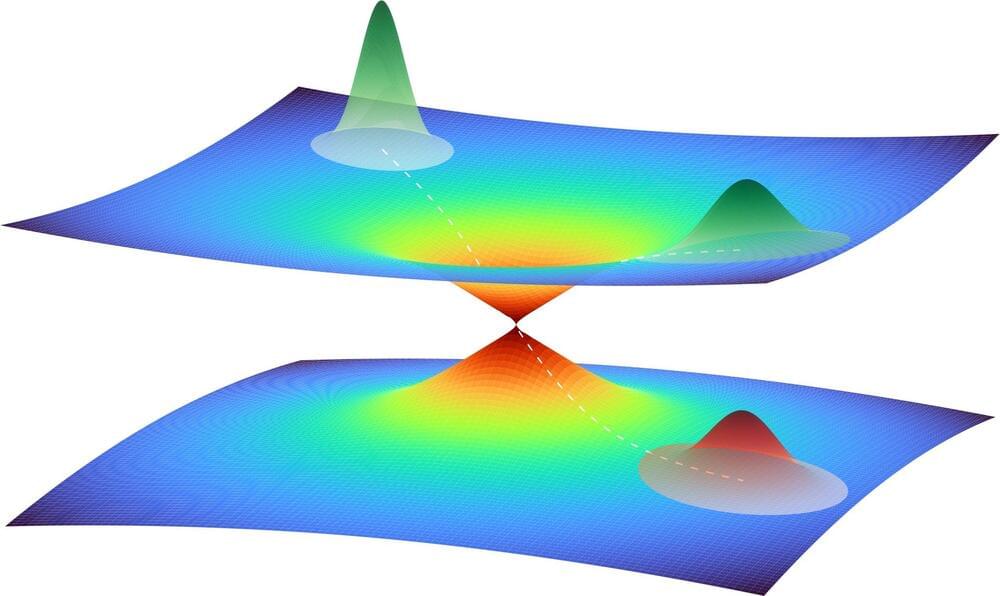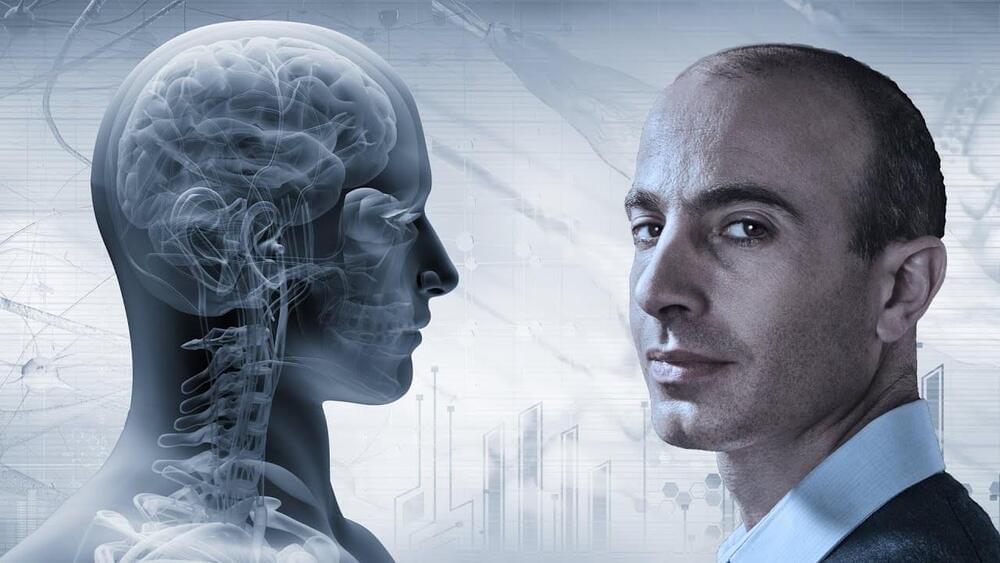Nov 14, 2021
Neuromorphic Computing, AI Chips Emulating the Brain with Kelsey Scharnhorst on MIND & MACHINE
Posted by Dan Breeden in categories: biological, robotics/AI
https://www.youtube.com/watch?v=NM7hdDZN2YI
We explore Artificial Intelligence (AI) through Neuromorphic Computing with computer chips that emulate the biological neurons and synapses in the brain. Neuro-biological chip architectures enable machines to solve very different kinds of problems than traditional computers, the kinds of problems we previously thought only humans could tackle.
Our guest today is Kelsey Scharnhorst. Kelsey is an Artificial Neural Network Researcher at UCLA. Her research lab (Gimzewski Lab under James Gimzewski) is focused on creating neuromorphic computer chips and further developing their capabilities.

















